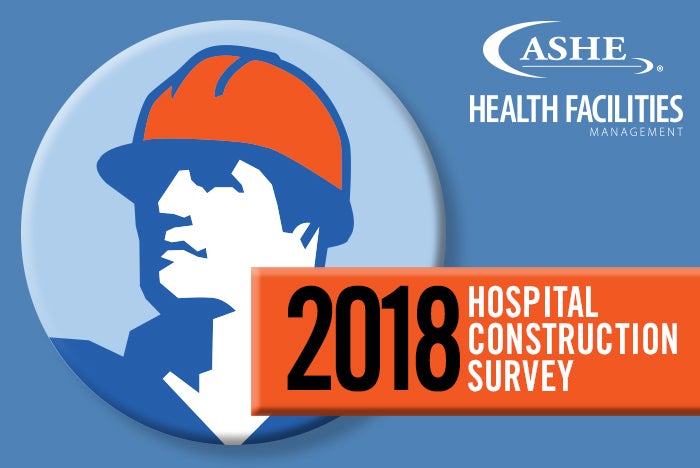Hospitals evaluate design options for boosting security
Along with the daily security issues every hospital faces, today’s turbulent environment — from mass shootings and terrorism incidents to a string of natural disasters — is forcing hospitals to re-evaluate their security strategies from every angle.
Facilities across the country are rising to the challenge, says Chad Beebe, AIA, FASHE, deputy executive director for advocacy for the American Society for Healthcare Engineering (ASHE).
“Questions have been raised but, most importantly, this environment has led to awareness and the development of procedures in case of such events,” Beebe says.
Because designing for security is an ongoing, multi-department process, hospitals are continually upgrading their designs to meet changing needs, according to the 2018 Hospital Construction Survey, conducted by ASHE’s Health Facilities Management magazine.
When asked about design/architecture features used in their facilities to prevent damage from violence and civil unrest, respondents mentioned such solutions as installing bollards in front of entrance points and installing breakproof glass, cameras and metal detectors.
Other survey respondents named installing fencing, caging and walls around the roof to prevent unauthorized access to roof-mounted air handlers, intakes and other areas of ventilation.
Another respondent is eliminating access to the roof from the ground level to prevent unauthorized access and to reduce the risk of suicide.
Before implementing any new security features, conducting a threat assessment that considers the full spectrum of threats (natural, criminal, terrorist, etc.), followed by a vulnerability assessment and a risk analysis, is the first place to start.
“A facility should begin by looking at the physical attributes of its environment and then develop the policies and procedures that would augment that environment,” says Beebe.
While ASHE is developing several webinars on this issue, Beebe recommends that facilities reach out to organizations such as the International Association for Healthcare Security and Safety (IAHSS), which has developed best-practice guidelines for designing for security.
According to IAHSS, hospital designs should include:
- Methods of securing higher-risk areas;
- Ability to secure emergency department (ED) entrance(s) as well as access to the rest of the facility from the ED;
- Safe rooms, which are regular rooms that can be secured from areas of potential violence;
- Alternate entry/egress points that can be used if a specific area is under controlled access or locked down.
Visit IAHSS to access its guidelines.


